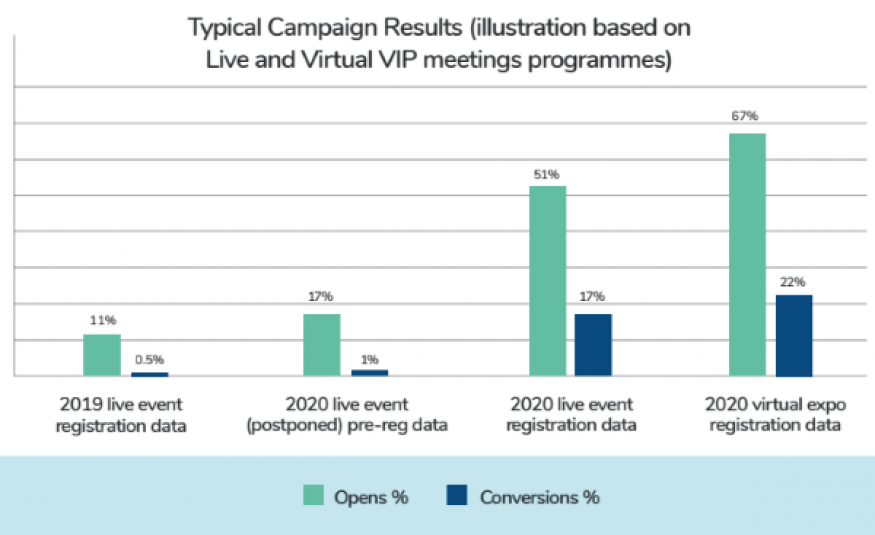David Woodbridge, MD of Newbridge Events, looks at the challenges involved in maintaining engaged audiences and avoiding ‘engagement drift’.
In October 2020 I shared some thoughts on the pros and cons of Artificial Intelligence (AI) vs Real Intelligence (RI) for matchmaking. As a follow up, I want to talk about one of the key challenges in the current climate where we are relying on digital events in the absence of live or even hybrid shows – and that is keeping audiences engaged with and responsive to the brands, the shows, and the ecosystems they support.
For live shows, buyer and seller engagement as part of an event cycle is tried and tested. In truth, we have all taken audience engagement with our events for granted and, until last March, there were few compelling reasons outside of a show launch for devoting a disproportionate amount of effort to reinventing the wheel.
When you take a similar expectation of engagement into a digital or hybrid environment now, the reality turns out to be very different. In our recent experience working across the UK, Europe and the Middle East, the challenge very quickly becomes how to engage (and re-engage) with buyers and sellers when all around their worlds are rapidly changing due to the ongoing Covid crisis. If you then add predictable show propositions, multiple virtual meeting mediums, fierce competition for people’s online attention, real fatigue with the virtual world and the lack of live face-to-face interaction to this mix, then you have all the ingredients for engagement drift.
One of the unfortunate economic side-effects of Covid for many industries, is that they, too, have had to redistribute their people and refocus their businesses. They have furloughed their staff and made redundancies, teams have been merged and condensed, and people have changed jobs, often taking on multiple new roles. Frequently this means that registration data can no longer be considered as current and engaged, and as most shows in 2020 did not take place, the normal and dependable methods for building and revalidating data have been weakened.
Over the last few months, we have been lucky enough to collaborate on several shows and we have seen this trend appear across small live events and large virtual events. We also found that data from previous years, including pre-registrations for live shows in 2020 which did not happen, were already cold and unengaged. The implications are self-evident.
It is not all gloom and doom. On the plus side we have seen shows where the proposition is clear, the offering delivers value and the audience has a compelling reason or need to attend, and then engagement is strong – however the challenge is that audience engagement can come late, sometimes only two weeks out!
Campaigns we have conducted to engaged data for our specialist VIP meetings programmes have hit open rates approaching 70%; those to unengaged data by contrast have rarely achieved 20%. The onward effect on conversions is entirely predictable.
So, the tremendous opportunity which arises is to re-connect with audiences starting with bellwether buyers and sellers. In my opinion the time is right for a 365 solution which nurtures these individuals, provides for their specific wants and needs, and which fosters networks and connections – in short one which aims to retain their engagement and builds loyalty on a year-round basis.
We are starting collaborations on a handful of such programmes where our role involves understanding key buyers’ and sellers’ evolving challenges and requirements, and then providing a programme of year-round engagement based on what they need, when they need it – not just when events happen.
The world is now a very different place and events still matter, so rebuilding confidence must be the focus as we start 2021. I believe that year-round programmes which provide layered and cohesive engagement for buyers and sellers on their own terms, which create and maintain loyalty, and which keep audiences engaged with and responsive to the brands, the shows, and the ecosystems they support are the way forward.





